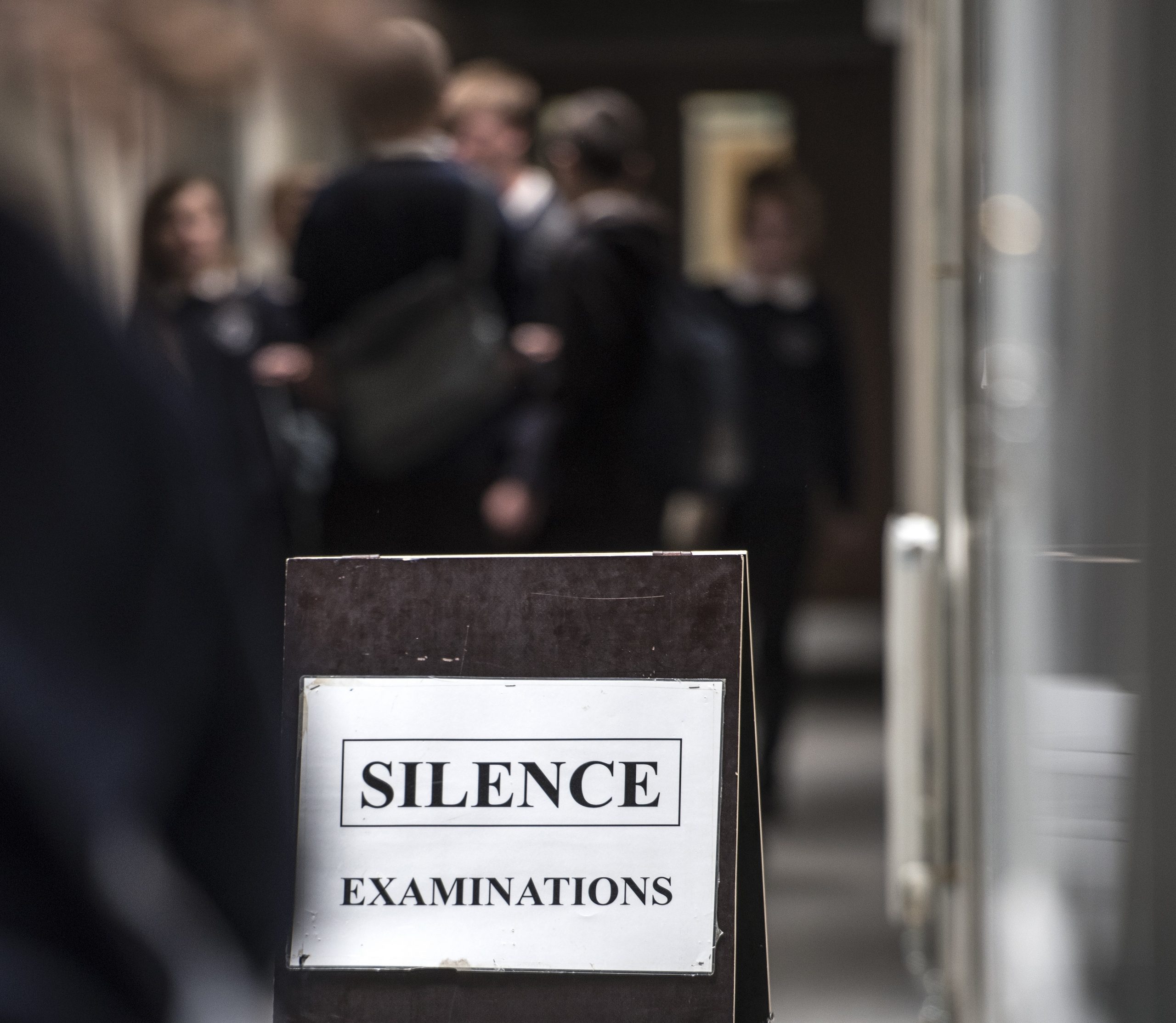My recently published paper shows that male applicants face systematic disadvantages when applying for positions in the school workforce – particularly for less senior roles. The differences by position can be explained thought role congruity theory.
Role congruity theory suggests that we evaluate individuals more favourably when their personal characteristics are consistent with our stereotypes about who belongs in certain roles. When there are differences (or incongruity) between a person’s attributes and our stereotype of who should be in a position, subtle biases in evaluation can appear.
In England’s school workforce, where teaching has become increasingly female-dominated (one in four schools has no male teachers), there appears to be a bias against male applicants that manifests in lower evaluation scores. This bias is most pronounced precisely where the incongruity is greatest: at the Teaching Assistant level, where only 7% of staff are male.
My work finds that discrimination against male applicants is strongest for Teaching Assistant positions (1.8 percentage points lower evaluations), followed by Classroom Teacher positions (1.3 percentage points lower), and absent for Headteacher roles where evaluations were statistically indistinguishable.
This gradient creates a fascinating picture of how our biases operate. The further someone deviates from our stereotype of who “belongs” in a role, the stronger our evaluative bias becomes. The absence of bias at the Headteacher level (where male representation is highest at 32%) suggests that as representation increases, the perceived incongruity, and thus the bias, diminishes.
This pattern shows that even in professional settings – where increasing male representation is an explicit goal – stereotypes about gender-role fit continue to influence evaluations. Let me make it clear, I do not think that my participants had any intention to discriminate against male applicants, yet their evaluations do reveal a systematic difference.
This apparent paradox (i.e., wanting more male teachers but evaluating them less favourably) might be explained by what psychologists refer to as reflective and intuitive cognition. Our reflective minds may reject gender stereotypes, but our intuitive cognitive processes could still be shaped by them.
From a broader perspective, role congruity theory helps explain how occupational segregation becomes self-reinforcing. If male applicants face additional penalties when applying for entry-level positions in female-dominated fields, fewer will successfully enter these professions. This further reduces representation, potentially strengthening perceptions, which in turn maintains or even intensifies bias.
My findings that bias decreases with seniority suggests an important caveat: those who manage to overcome initial barriers and demonstrate competence may face diminishing bias as they advance. However, frictions remain highest where it can most effectively filter out potential candidates.
If role congruity biases largely operate subconsciously it is not entirely obvious what the solution is. My work does provide some evidence that exposure might play a role, teachers exposed to more men in each position have less biased evaluations.
My research provides evidence of how perceived incongruity between identity and role expectations shapes our evaluations of others – even in settings not only committed to equality but also actively trying to improve gender diversity – often in ways that perpetuate existing patters of occupational segregation.
Read the full paper here
Fullard, J. (2025) Is the school workforce biased against men? Economics Letters, Volume 251,
2025, 112337, ISSN 0165-1765, https://doi.org/10.1016/j.econlet.2025.112337.
